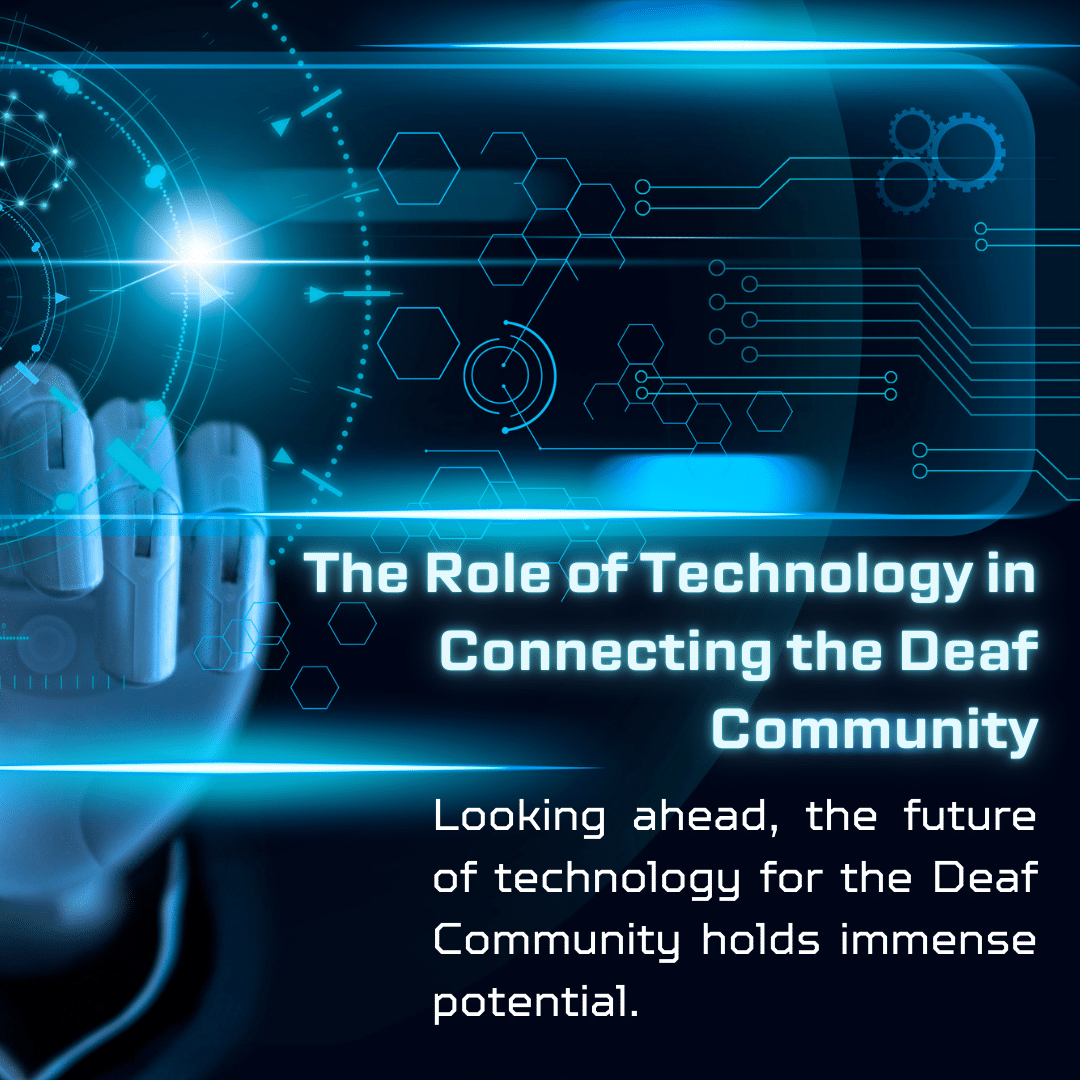
Going to the Movies While Deaf: The Movement for Widespread Open Captioning
- by Michelle Jay
- One Comment
by Caitlin Epstein (09/10/2020)
In 2018, model, actor, and Deaf activist Nyle DiMarco answered the question “how do deaf people go to the movies?” DiMarco became a well-known public figure after participating in and winning the 22nd cycle of the show America’s Next Top Model, and he has since gone on to compete on Dancing With the Stars, appear in the Hulu show Difficult People, and star in several music videos. He has used his platform to raise awareness about the Deaf community and to promote sign language learning for all people, not just Deaf people. His videos about going to the movies gave hearing people a look into the inconveniences and unjust experiences that Deaf people often face when they go to the movies.
As a child, DiMarco was able to go to the movies with friends and watch the latest Blockbuster films with open captioning, but complaints from hearing people have caused open captioning to go by the wayside in recent years. Kuo (2004) says that according to movie theater operators, “access to their movies simply means that Deaf individuals are able to enter a theater, purchase a ticket, and sit down,” but by catering so heavily to the complaints of a subset of hearing people, movie theaters are denying true accessibility to 466 million Deaf people and others that would benefit from open captioning, such as individuals with ADHD, autism, and learning disabilities (p. 160). Kuo (2004) goes as far as to say that by not providing captioning technology or showing open captioned movies, theaters may as well be posting signs that say ‘Deaf People are Not Welcome’” (p. 161). DiMarco echoes this sentiment, saying that within the past five years, he has only gone to the movies twice. In the United States especially, where Blockbuster movies and seeing them upon their release is such a huge part of the culture, lack of open caption movies available in theaters can serve to ostracize Deaf people.
Some movie theaters provide glasses or Captiview devices that fit into the cup holder that provide captions, but DiMarco shares that these devices are often faulty and cause a great deal of embarrassment as other moviegoers react to them, asking if they are needed for 3-D. DiMarco reacts to these devices, saying “they make me feel like such an outcast,” and that the experience of using them is “annoying, embarrassing, and takes a toll on my Deaf identity.” So, while outwardly, these devices may seem like a step in the right direction, they still negatively affect Deaf people’s dignity, and must not be seen as the best solution.
In their article “Open and Closed: Captioning Technology as a Means of Equality”, Kuo (2004) breaks down current legislation that protects the rights of people with disabilities, and why it needs to be amended and extended to better define discrimination and to prevent instances of disabled people not being able to fully enjoy public goods and services as Deaf people are often unable to fully enjoy movies in theaters. Title III of the Americans with Disabilities Act states that “no individual shall be discriminated against on the basis of disability in the full and equal enjoyment of the goods, services, privileges, advantages, or accommodations of any place of public accommodation by any person who owns, leases (or leases to), or operates a place of public accommodation” (p. 163). In theory, this provision seems like it would include captioning devices or open captioning as that technology should qualify as tools that bring equal enjoyment of a public good or service, but in practice movie theaters are able to legally skirt providing this technology to its Deaf and hard of hearing patrons. This is possible because the ADA provides defenses that businesses can use against Title III and other sections of the ADA, namely two specific defenses: “to demonstrate that a particular provision of auxiliary aid or service would fundamentally alter the nature of [their] programs and services offered” and “to assert that implementation of the auxiliary or aid would be an undue burden” (Kuo, 2004, p. 163). In order for Deaf and hard of hearing people to fully enjoy movies in theaters across the U.S., either legislation must be changed to remove or restrict the use of these provisions, or hearing people must demand open captioning as vocally as Deaf people. Movie theaters are able to claim that open captioning fundamentally alters that nature of their services due to complaints from hearing people, but a movement to include them in all movie showings or at the very least specific movie showings several times a week would benefit a great deal of people and would enact little to no inconvenience for hearing people viewing the film.
Going to the movies is something that hearing people often take for granted. All they need to do is walk into the theater, but a ticket and maybe some popcorn, find a seat, and enjoy the movie to its fullest. Deaf people have a much different experience as they must speak with Guest Services about captioning devices or open captioning available, and they often are not or are incredibly inconvenient and even degrading. Although some legislation is in place to protect the rights of Americans with disabilities, this legislation does not do enough, and improvements and amendments to this legislation does not seem to be forthcoming. So, it is up to hearing people in conjunction with Deaf and hard of hearing people to vocally advocate to make open captioning for movies widely available.
Resources
Kuo (2004). Open and closed: Captioning technology as a means to equality. The John Marshall Journal of Information Technology & Privacy Law, 23, 159-208. https://repository.jmls.edu/cgi/viewcontent.cgi?article=1053&context=jitpl
Now This News. (2018, July 24). Deaf actor Nyle DiMarco explains how deaf people go to the movies [Video]. Youtube. https://www.youtube.com/watch?v=PRi89x1cC-M


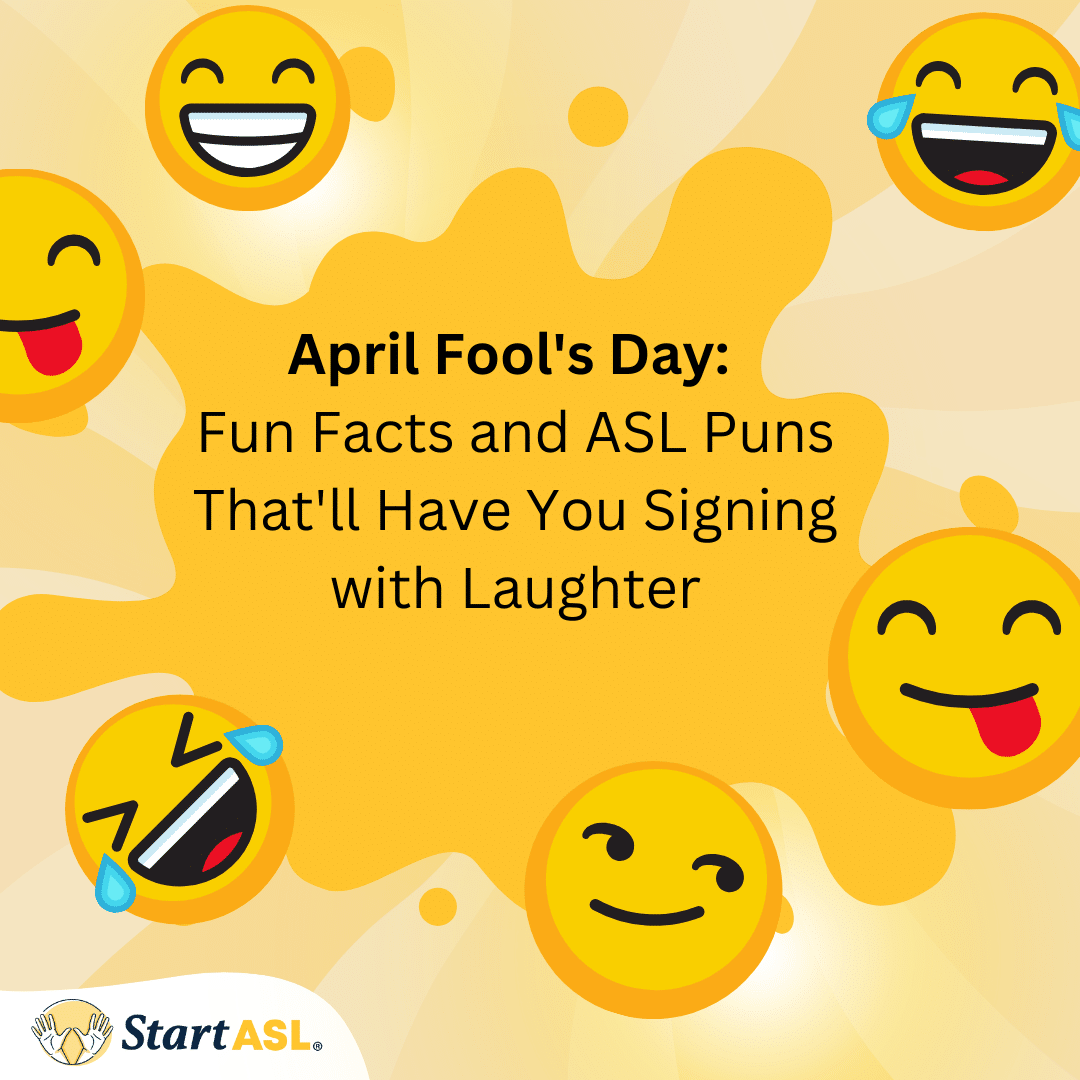
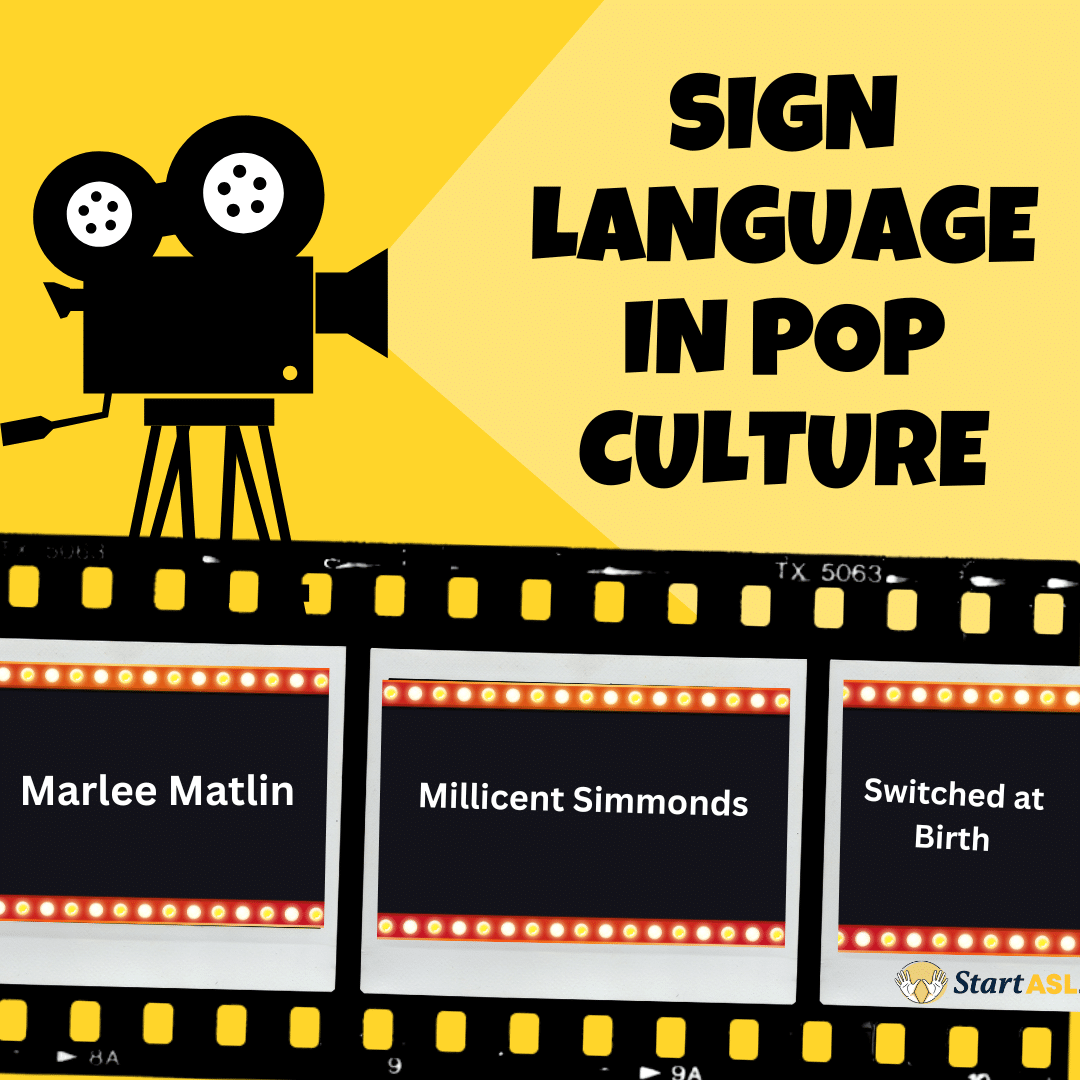
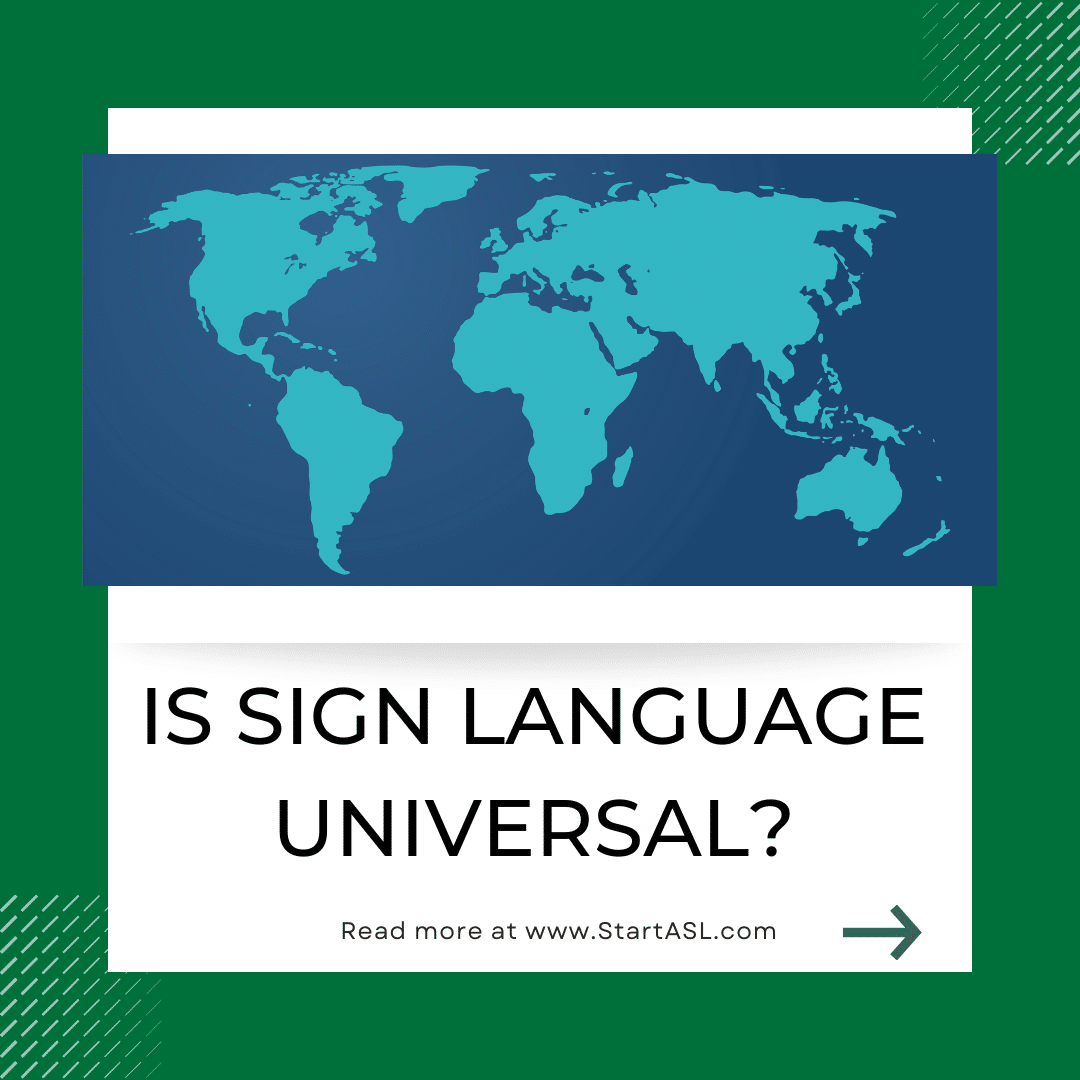

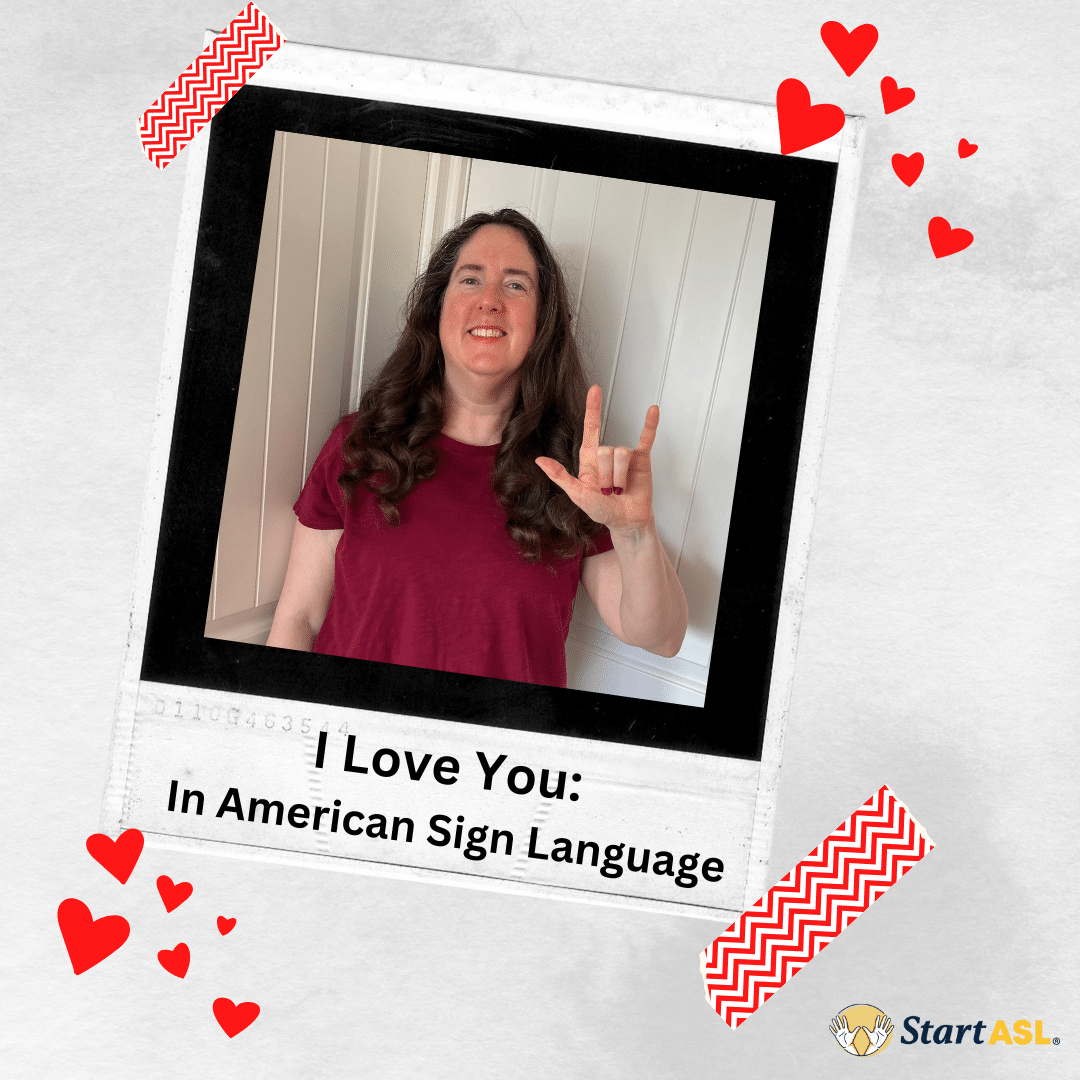




One Response
The article you shared talks about the movement for widespread open captioning in movie theaters to make movies more accessible to deaf and hard-of-hearing individuals. It highlights the importance of accessibility and inclusion and how small changes can make a big impact on people’s lives. It’s great to see initiatives like this gaining traction and making entertainment more accessible to everyone.